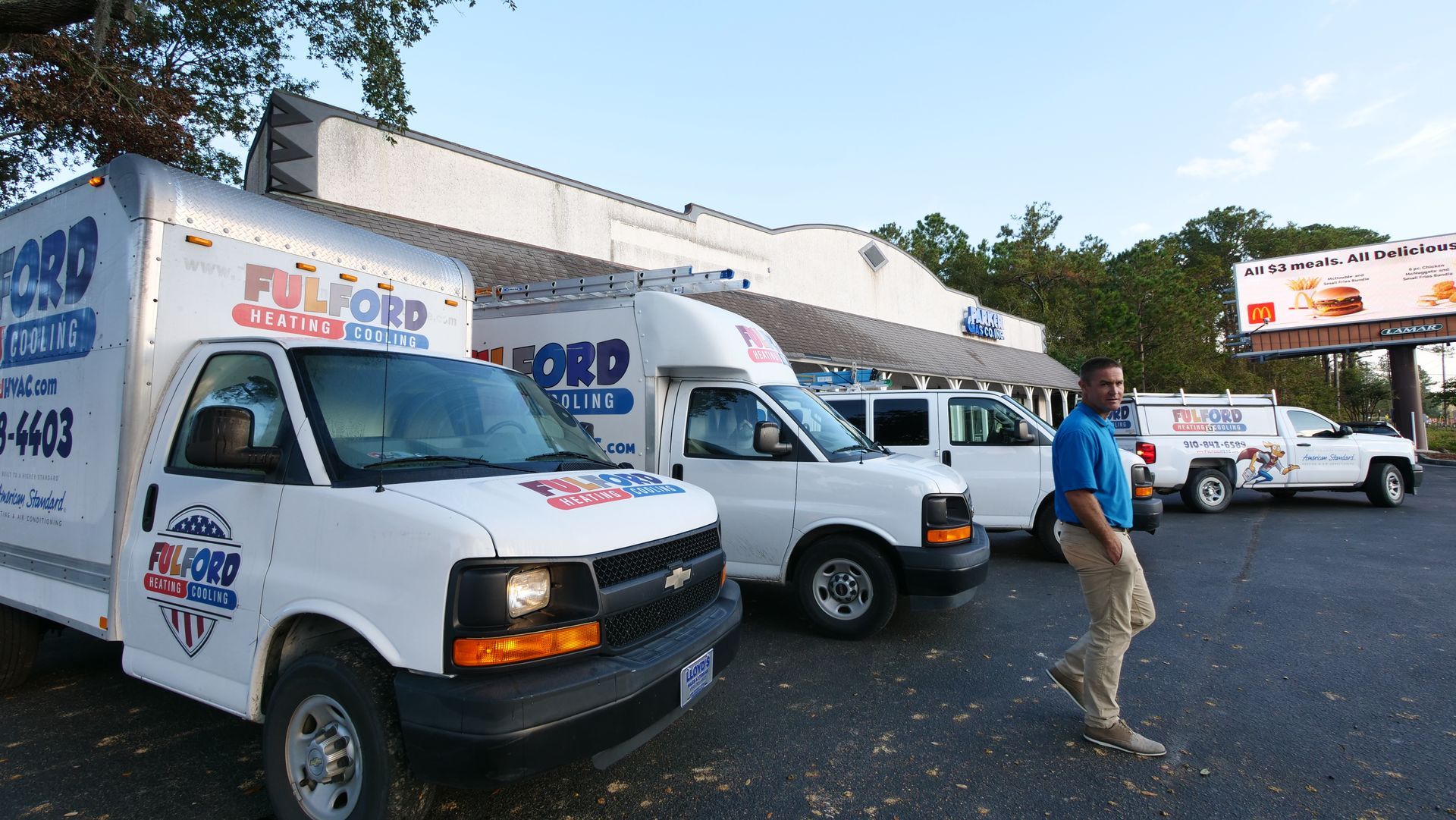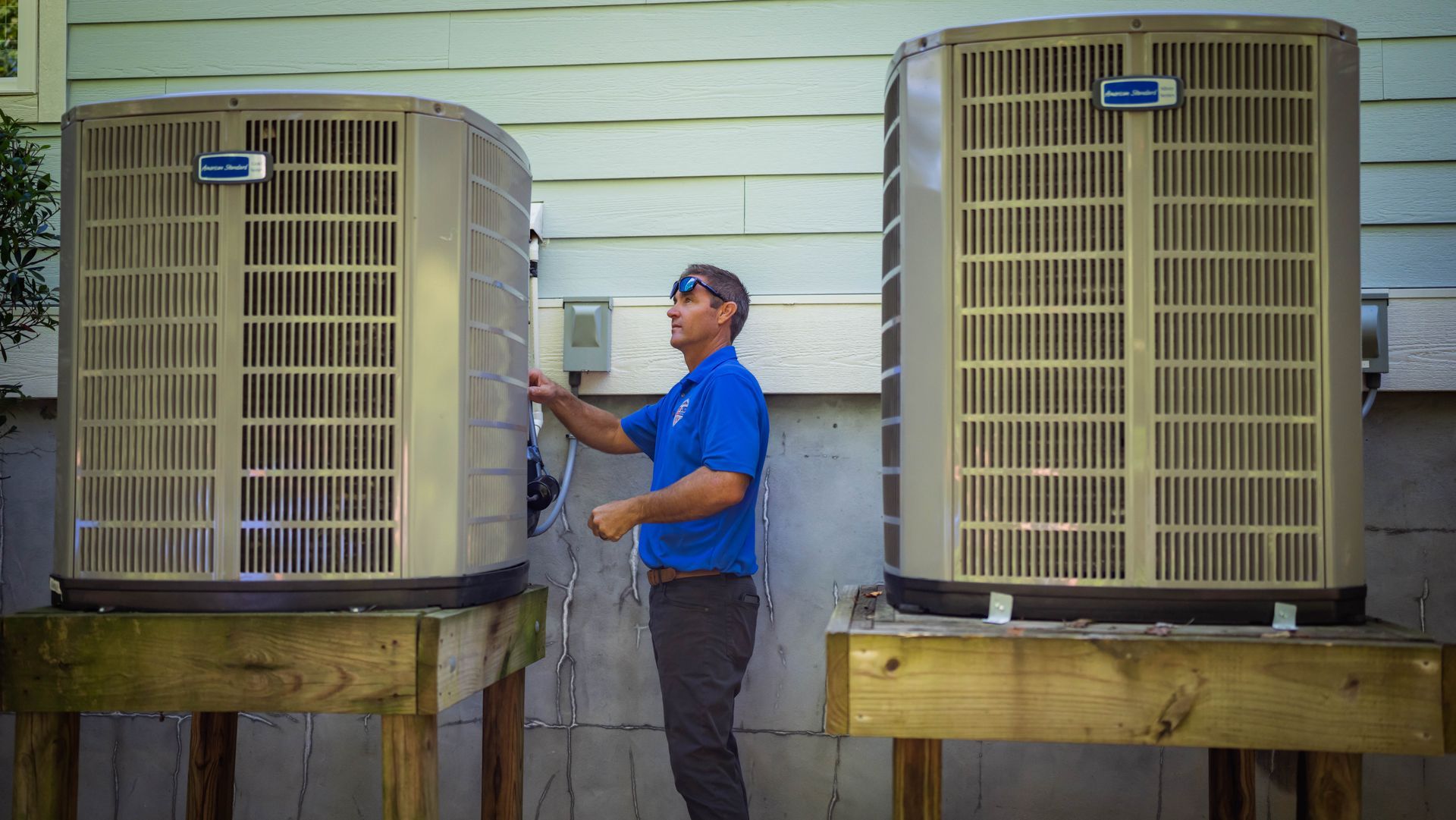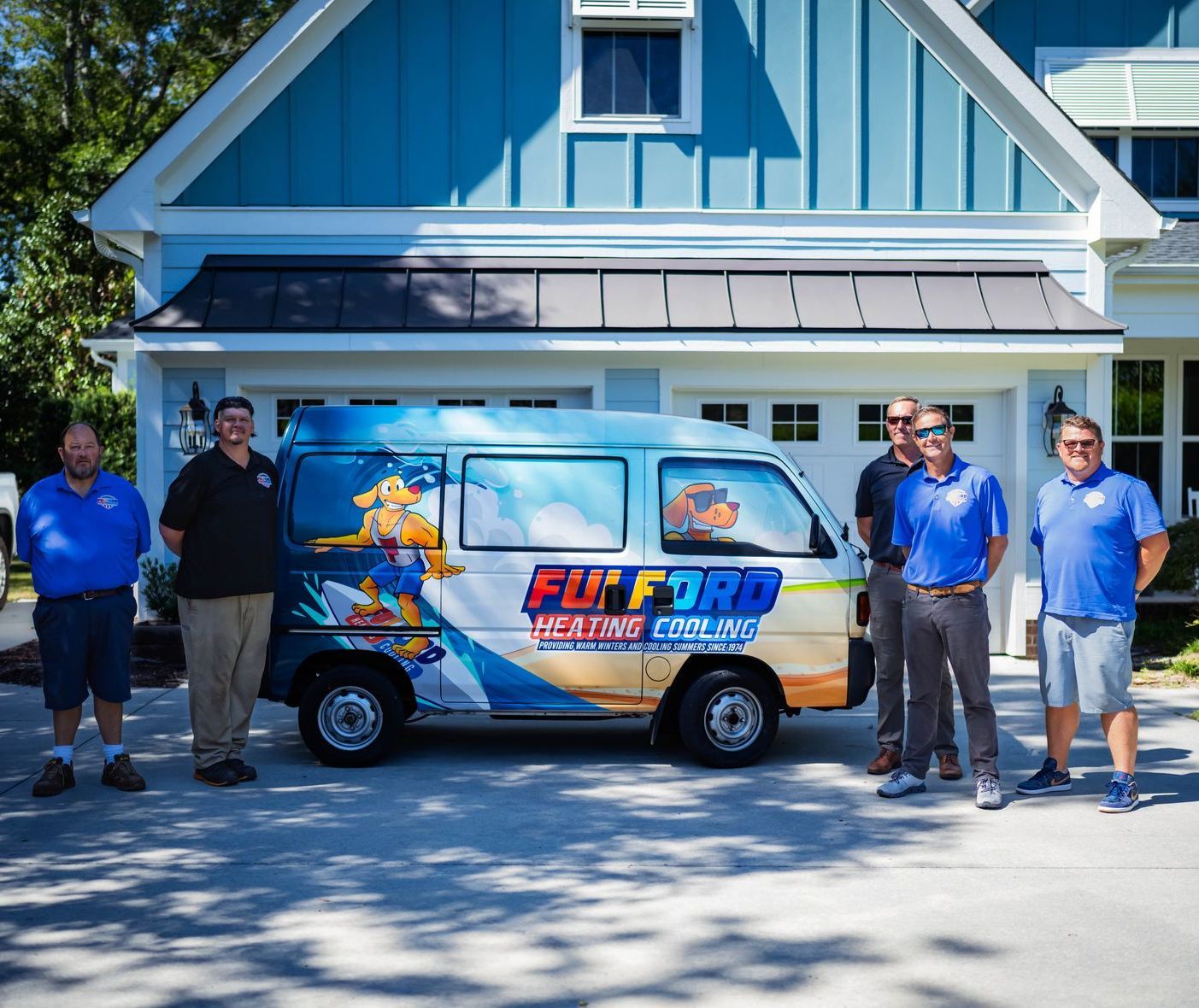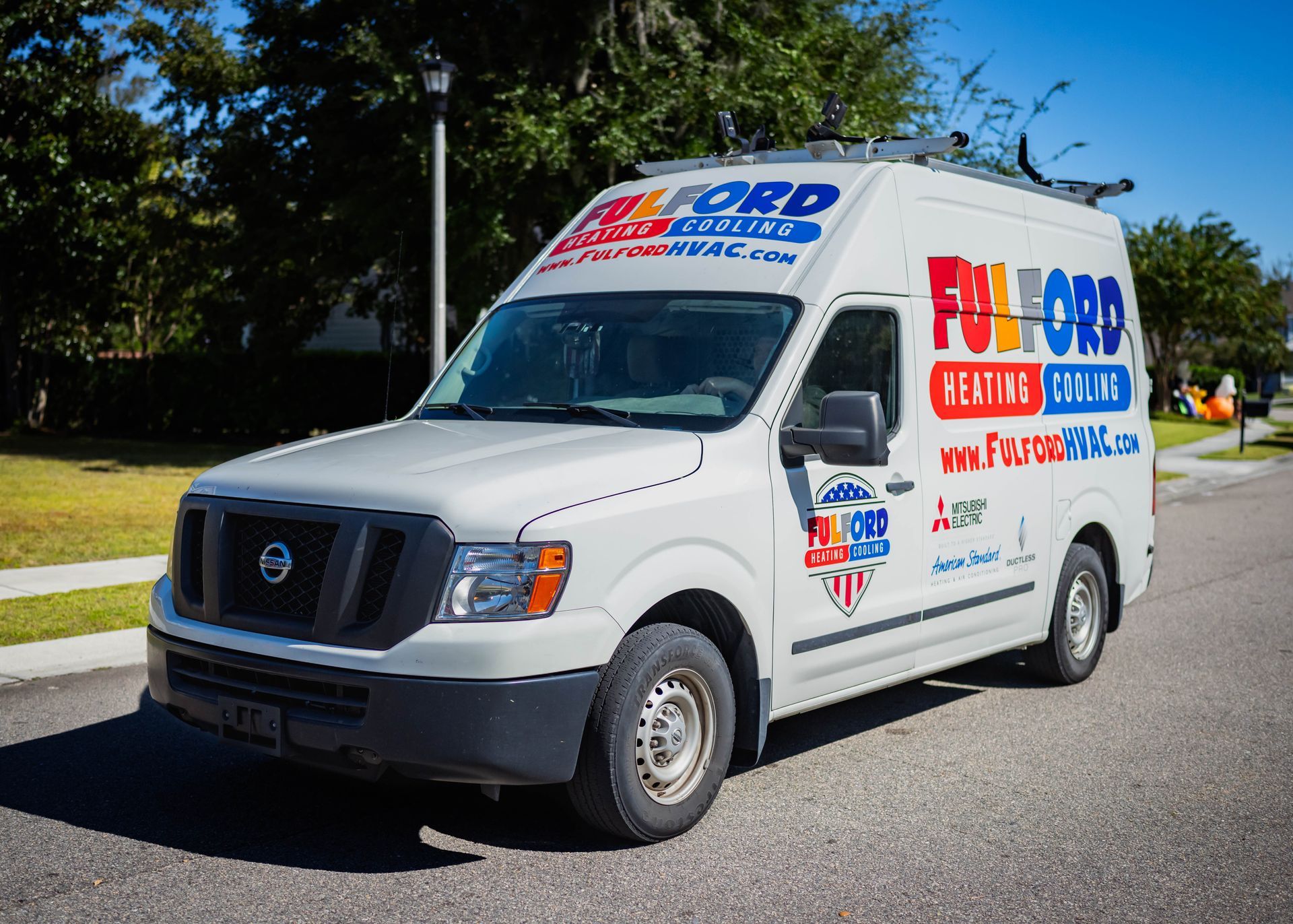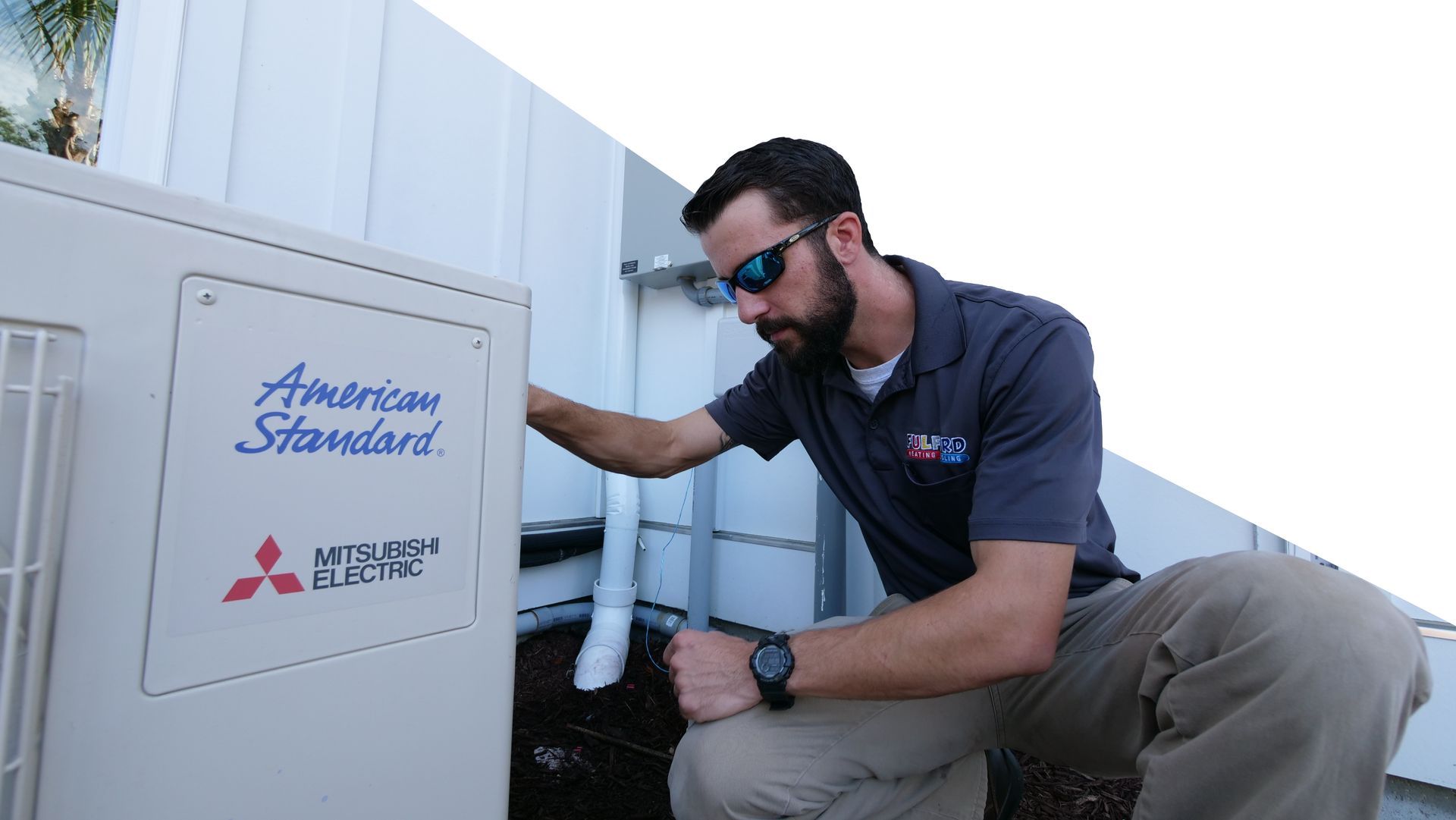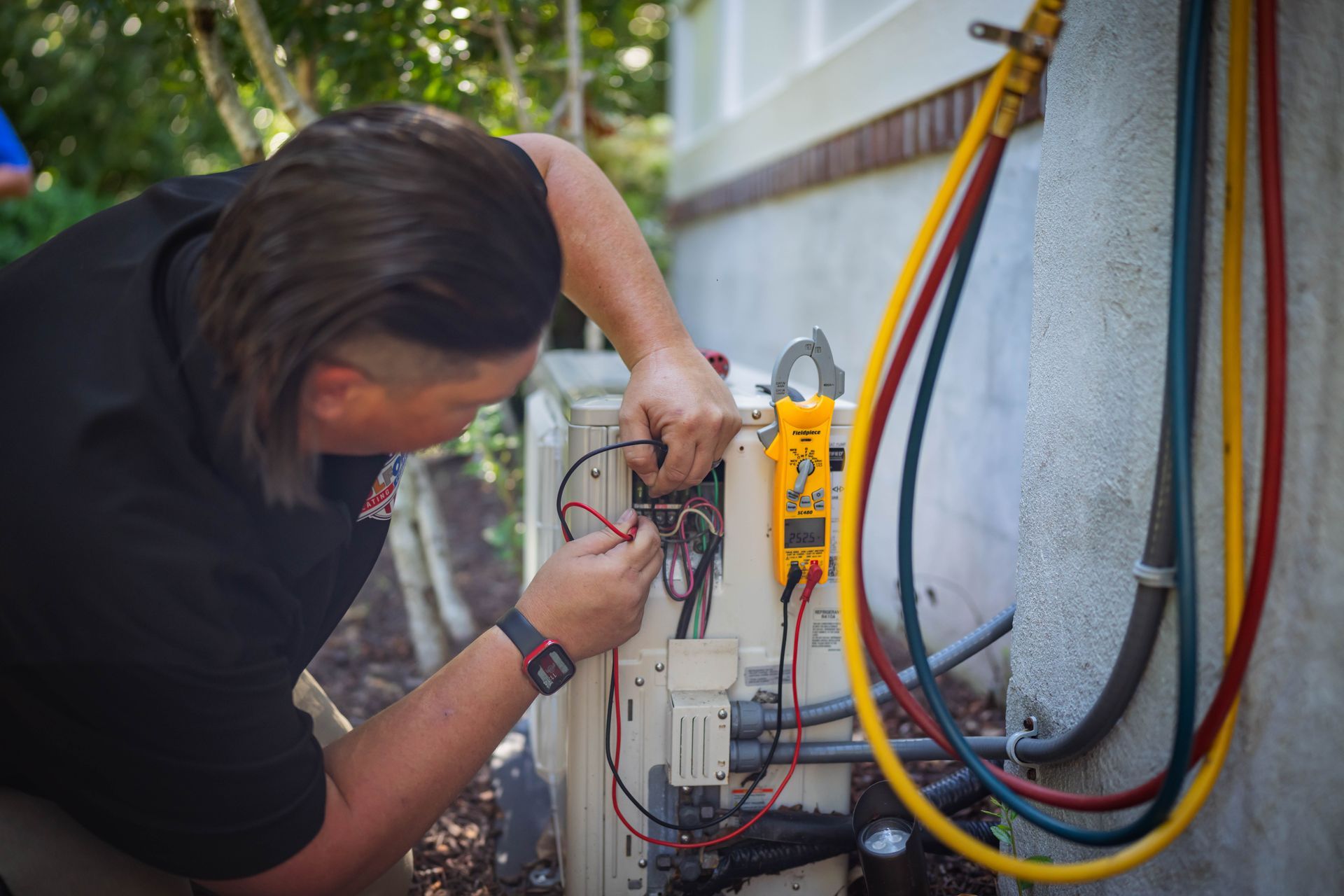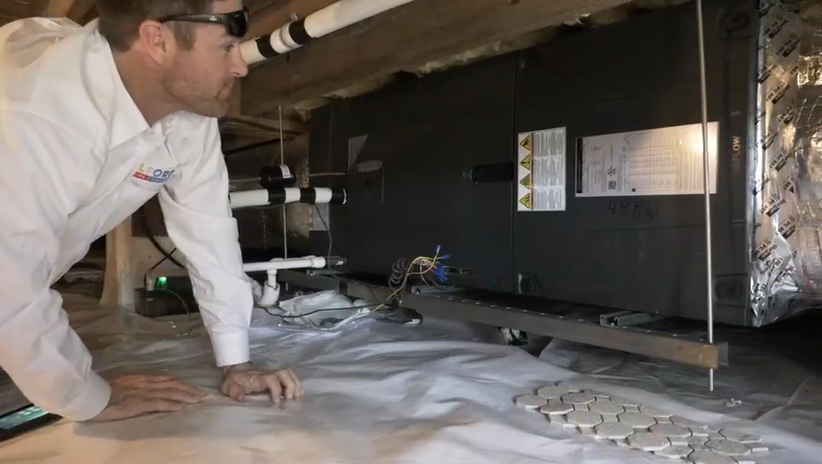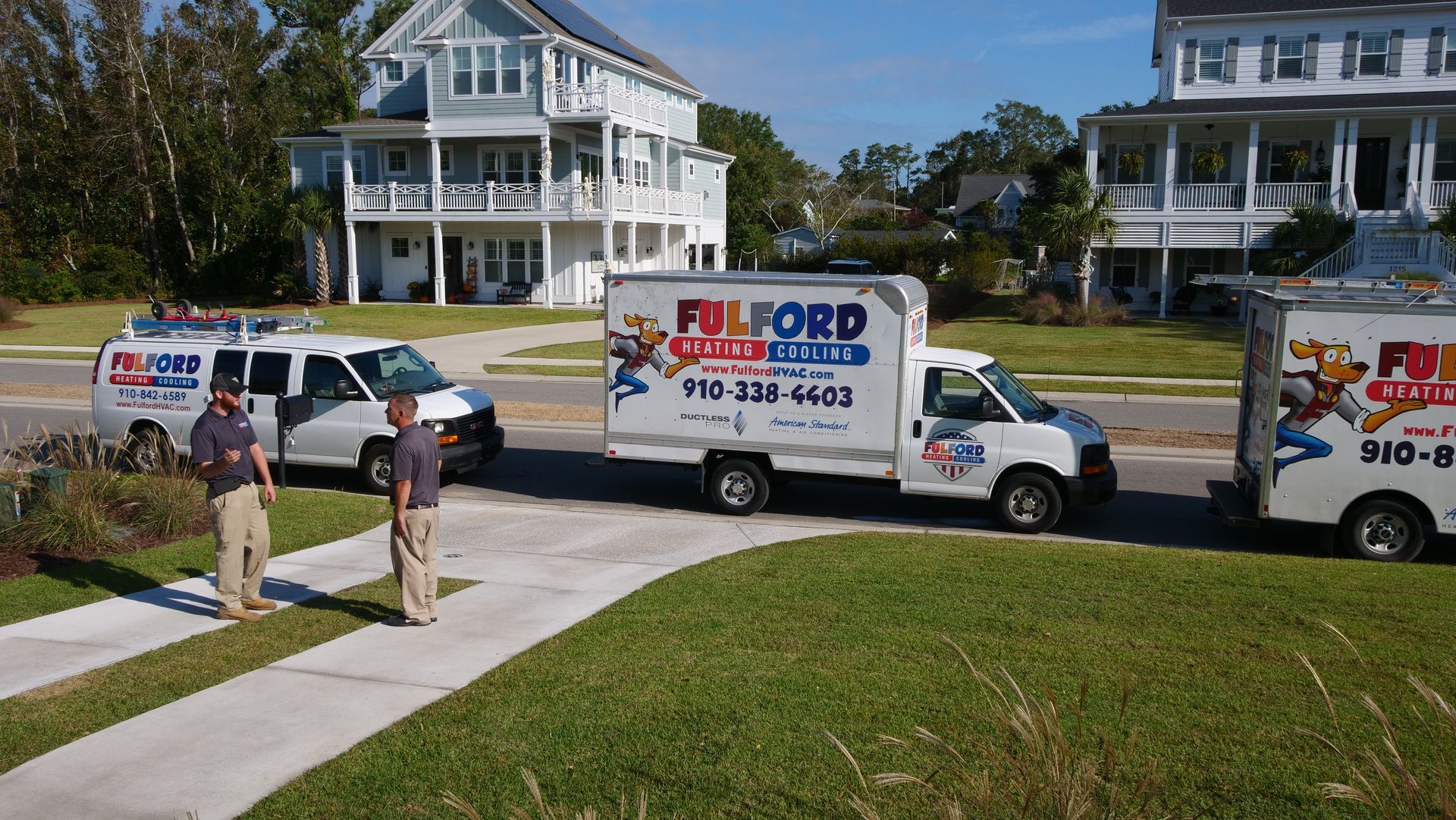How to Budget & Plan for an HVAC Replacement in the Coming Year
As we wind down September and gear up for fall and winter, many homeowners start thinking long term — and that includes preparing for major home system investments like HVAC replacement. Replacing your system isn’t something most people do often, so planning ahead can ease the shock to your wallet. At Fulford Heating & Cooling, we believe an informed customer is a confident customer. Here’s how to budget and plan for your next HVAC upgrade.
1. Know the Full Scope of Costs
When you hear “HVAC replacement,” most people think of just the unit itself—but there are several hidden or supporting costs to consider:
- Equipment cost: The HVAC unit (furnace, air conditioner, heat pump) itself.
- Installation labor: This includes hauling the old unit out, installing new ductwork (if needed), connecting gas lines, wiring, etc.
- Ductwork repairs or replacement: Leaky or poorly insulated ducts may need repair or full replacement.
- Permits and inspections: Local codes may require permits, inspections, or compliance with energy standards.
- Accessories or upgrades: Thermostats, zoning systems, air handlers, condensate pumps, insulation, etc.
- Post-installation adjustments: Ensuring airflows, pressures, and system settings are optimized.
2. Estimate a Budget Range
Based on size, efficiency ratings, and installation complexity, HVAC replacements can vary widely. For many residential homes, budgets often fall somewhere between $5,000 and $12,000 or more. Use this as a starting point, then refine your estimate using your home’s square footage, insulation quality, and local labor rates.
3. Start a “HVAC Replacement Fund”
Just like you’d budget for a new roof or a car, start putting aside a small monthly amount. For example, over 12–18 months, setting aside $200–$400 per month can make the full replacement far less of a shock. By the time the system begins to underperform or show signs of aging, you may have much of the cost already covered.
4. Monitor Key Indicators of System Aging
You don’t have to wait until your system fails to plan replacement. Watch for signs of decline:
- Rising energy bills, despite no change in usage
- Frequent breakdowns or service calls
- Strange noises, odors, or uneven heating or cooling
- The system is 10–15 years old (typical expected lifespan)
- Parts becoming obsolete or harder to source
Tracking these signals early gives you time to prepare ahead.
5. Get Multiple Written Quotes Early
Don’t wait until your system quits entirely. Request written estimates from two or three reputable HVAC contractors (including Fulford), and compare them carefully. Make sure each quote includes:
- Equipment make and model
- Labor and installation costs
- Ductwork or additional repair needs
- Permits or inspection fees
- Accessories or upgrades
- Total project cost
Asking for line-item breakdowns helps you understand where cost differences come from and ensures you’re comparing apples to apples. That way, when you’re ready to move forward, you won’t feel rushed into a decision.
Replacing your HVAC system is a major decision — one worth planning for, not rushing into. By understanding full costs, creating a replacement fund, monitoring system health, and collecting quotes in advance, you’ll be in control when the time comes.
If you’d like help estimating a quote, comparing options, or knowing when your system is nearing replacement, Fulford Heating & Cooling is here to help. Contact us today to schedule a consultation and start planning ahead so your home is ready for the colder months. To learn more about some of the energy efficient heating and air conditioning products we carry and install, check out our products page.
